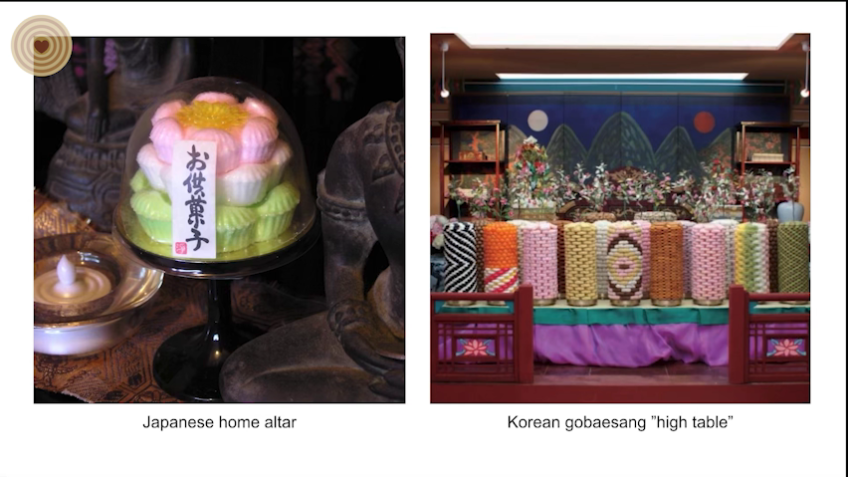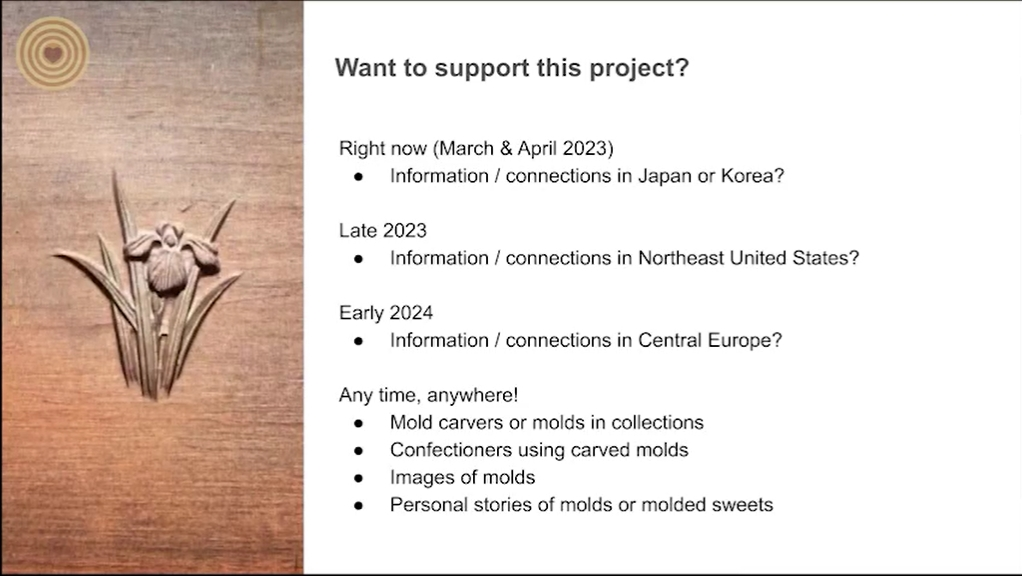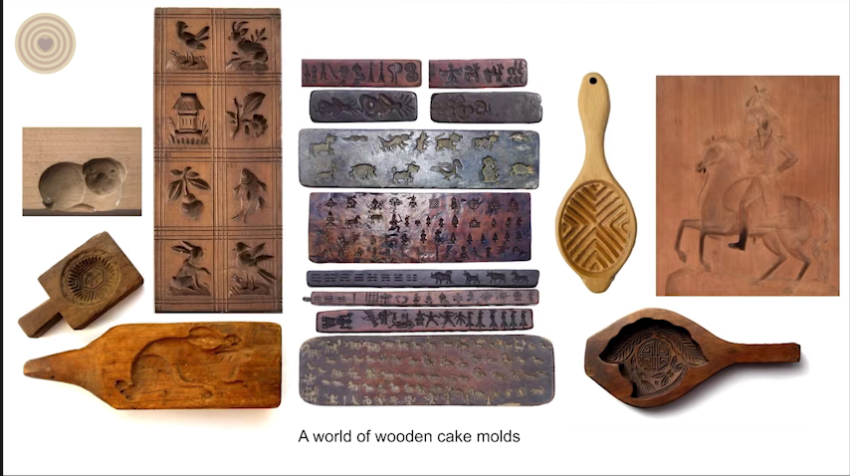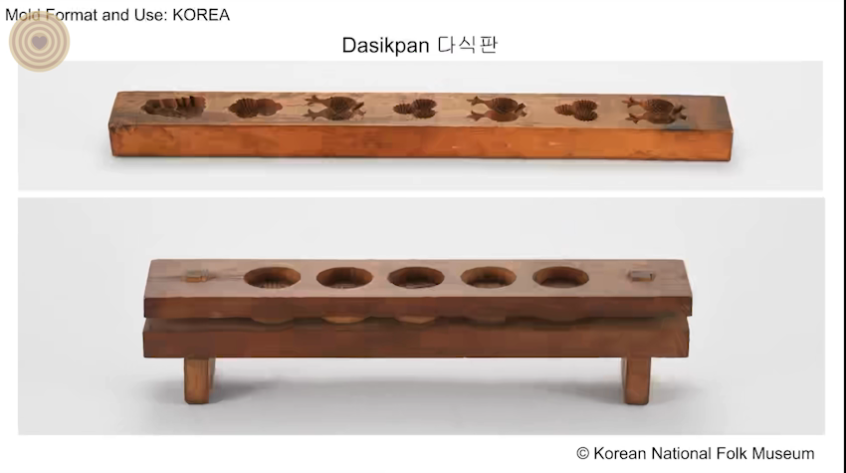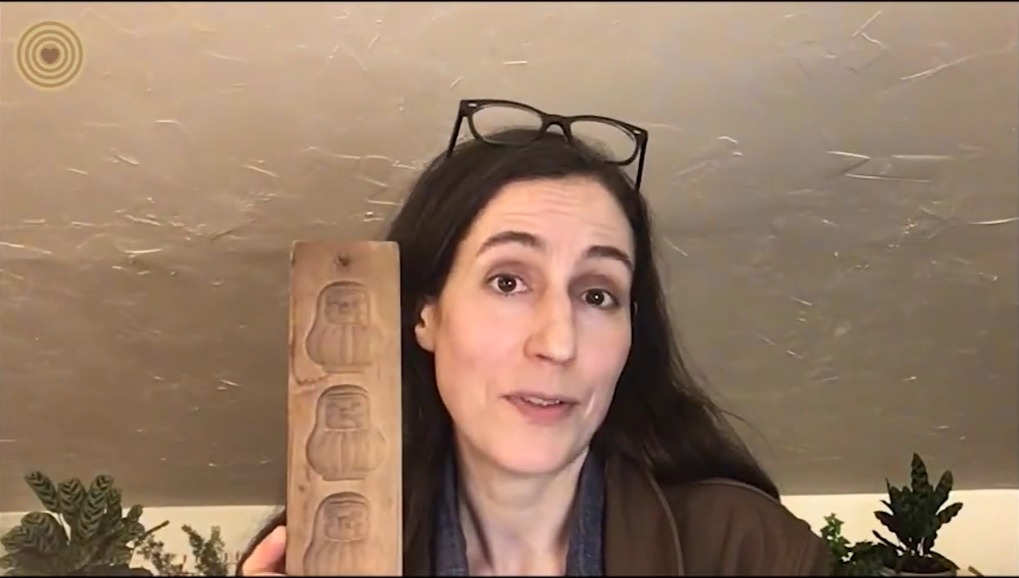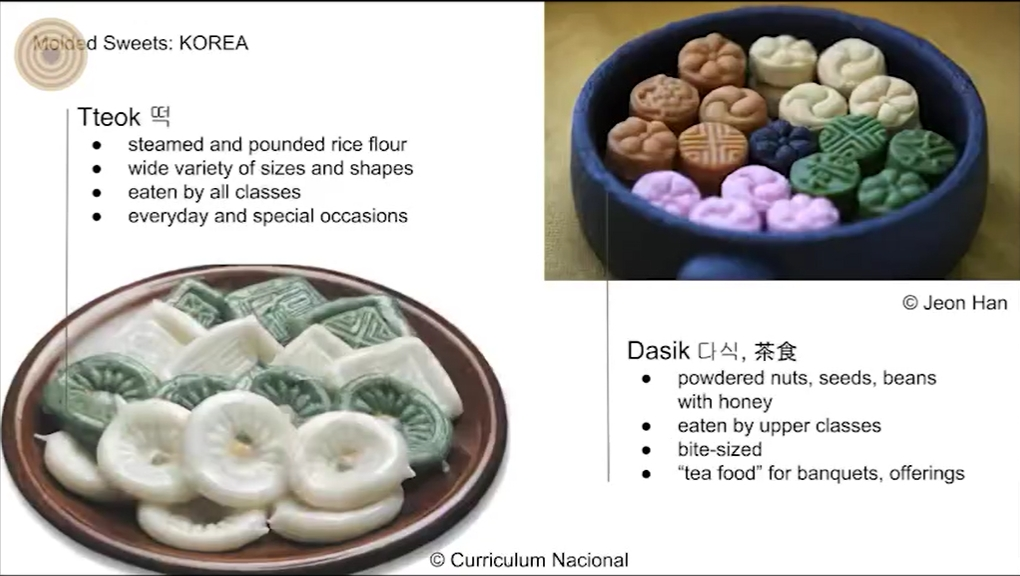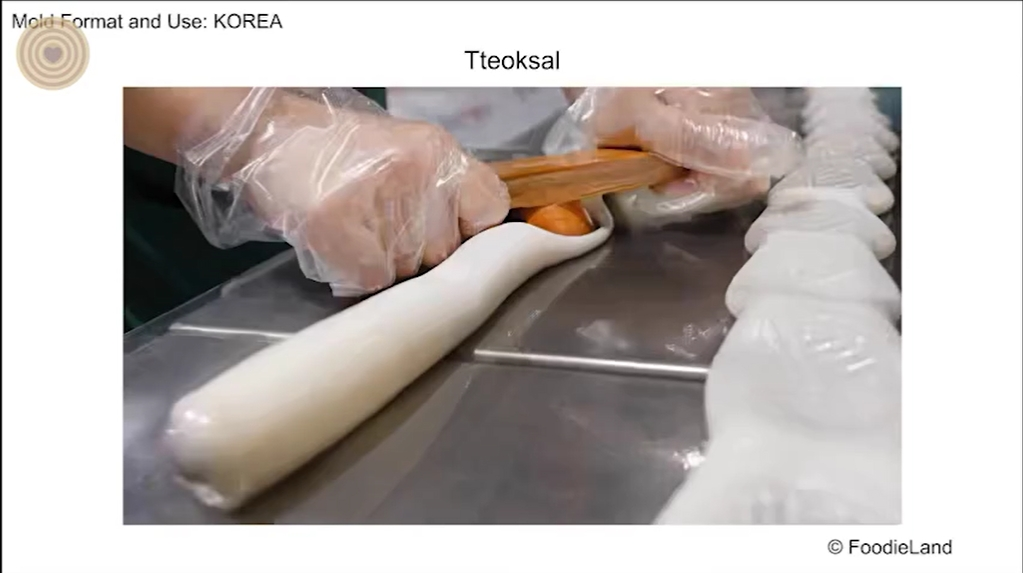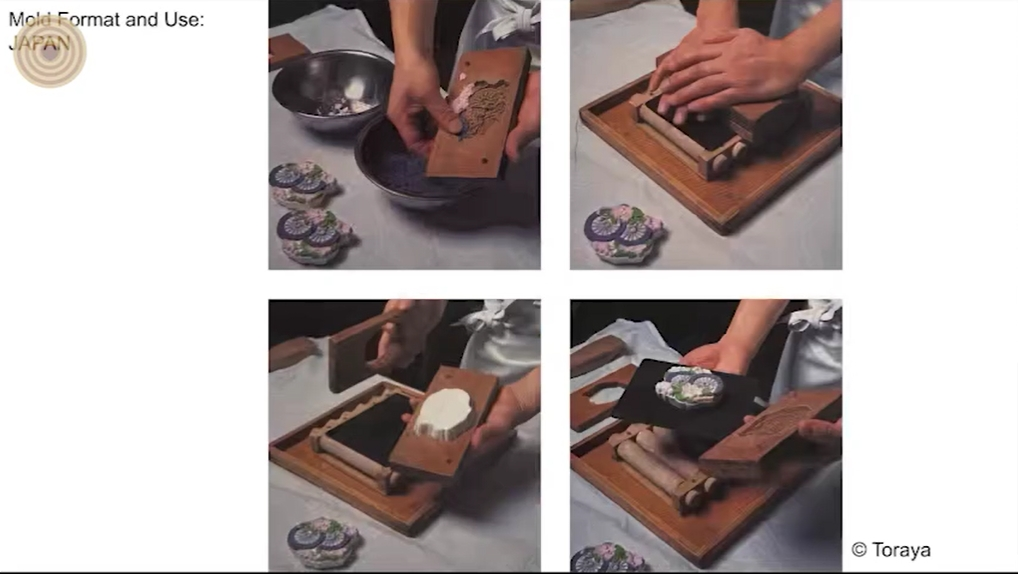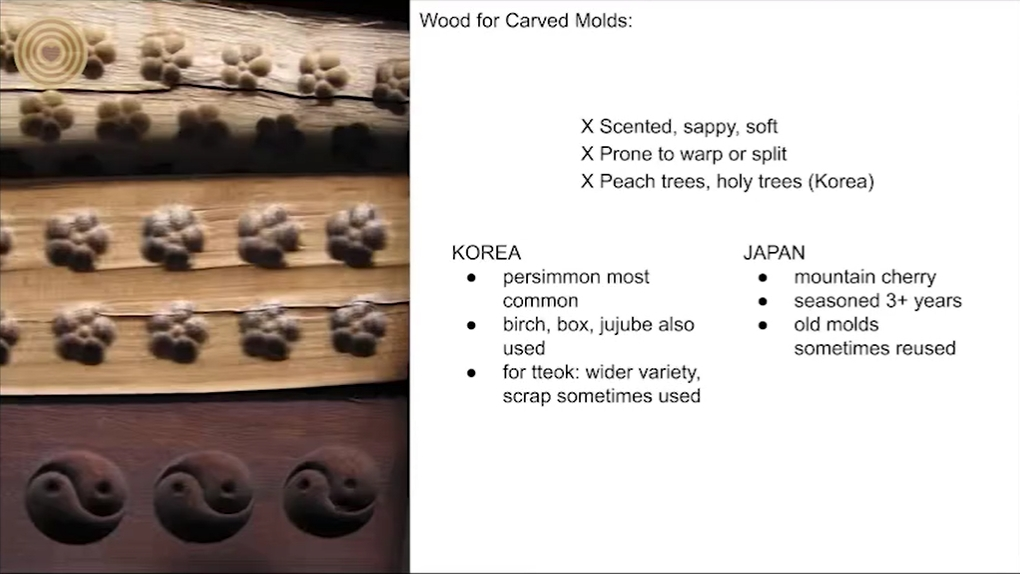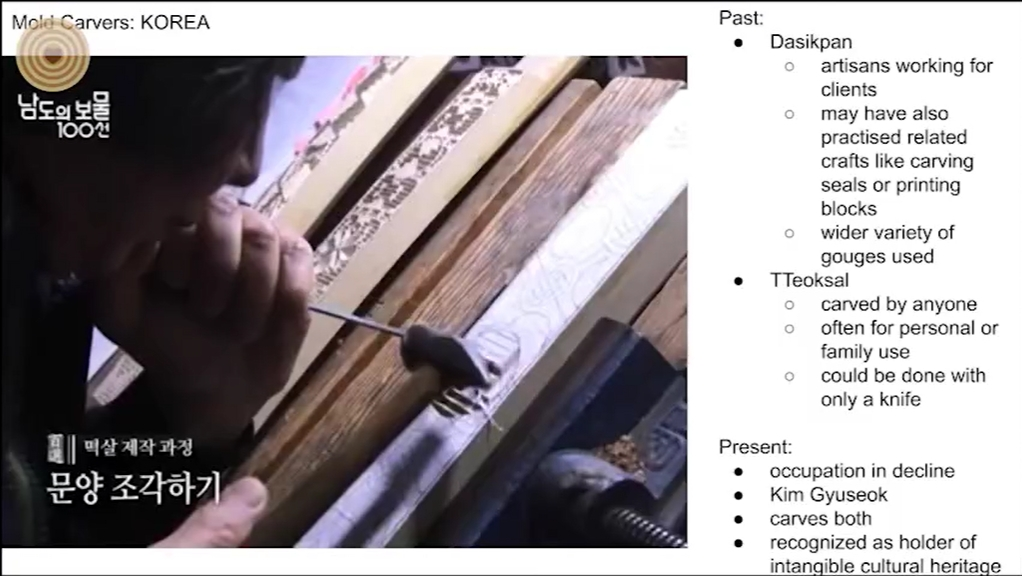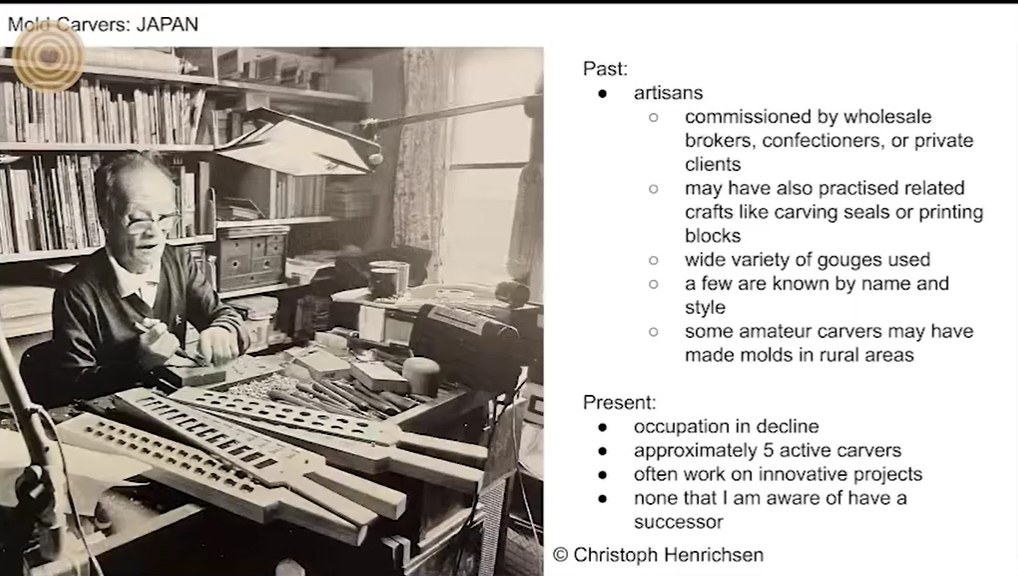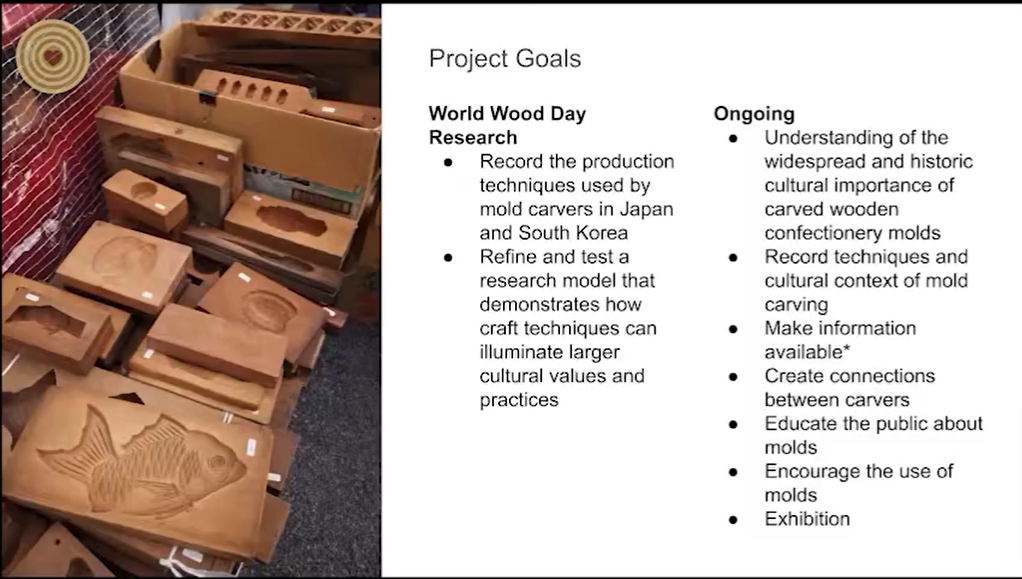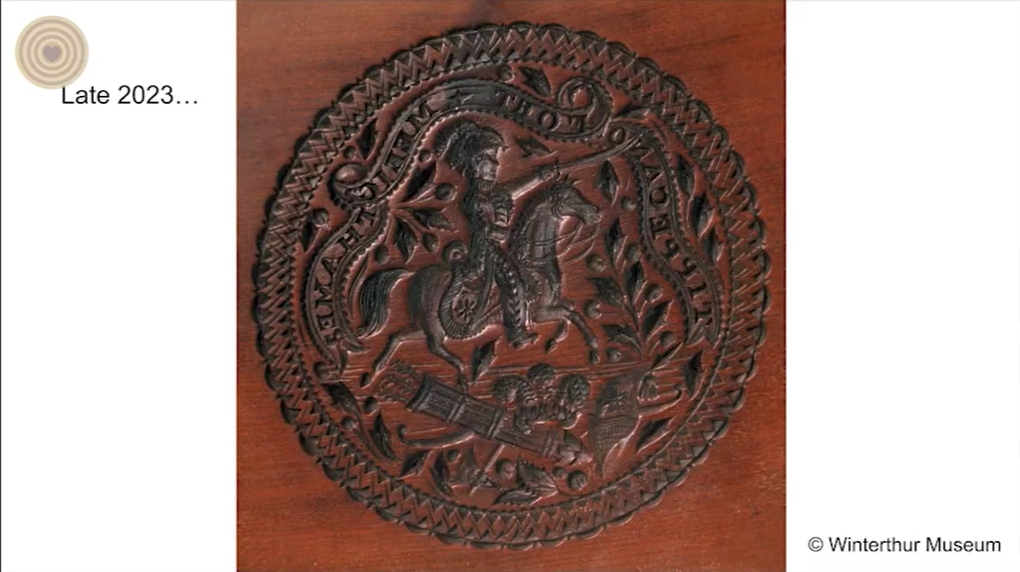会议名称:2023世界木材日研讨会暨第五届国际林联(IUFRO)林产品文化研究组讨论会
会议时间:2023年3月21日
报告嘉宾:Julia Harrison
嘉宾简介:美国彭兰工艺学院(Penland School of Craft)常驻艺术家
摘要:
For hundreds of years and in dozens of cultures, carved wooden molds have been used to give form to food. Historically, a large proportion of these molds have been associated with sweet foods such as Middle Eastern maamoul, European marzipan, Korean dasik and tteok, Chinese yue bing, German springerle, and the New Year’s cakes enjoyed in Colonial America. The popularity and relative scarcity of sweet flavors led to the widespread use of sweet foods to demonstrate such abstract concepts as empathy, hospitality, and privilege; molds could both add to a confection’s visual appeal and amplify its intended meaning.
Correctly chosen and prepared, wood is an ideal material for the job: food-safe, easily acquired, workable, durable, and reparable. Carved molds offer confectionery makers a range of interrelated advantages, including the imparting of visual detail, consistent portioning of expensive ingredients, and enabling faster or higher-volume production.
The carving of wooden confectionery molds is simultaneously straightforward and complicated, demanding considerable technical and conceptual abilities. While many molds survive today, little has been recorded or written about the specific techniques used to produce them. My aim with this project is to delve more deeply into the technical, conceptual, and aesthetic aspects of confectionery mold carving by examining and contrasting the practices of contemporary mold carvers. This phase of my ongoing research focuses on South Korea and Japan.
Sweet Impressions: Carved Wooden Confectionery Molds
 1,240
1,240
责任编辑:iwcs25H


